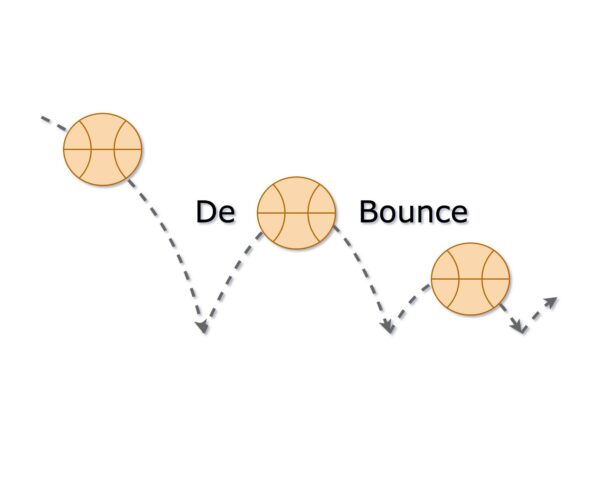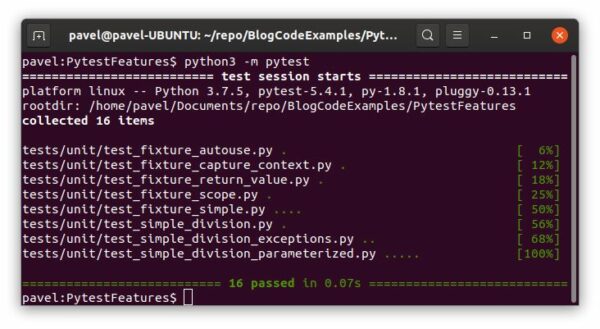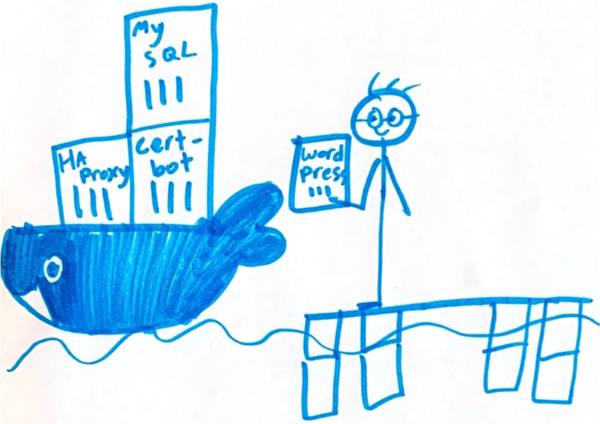When developing an NPM Package, you may want to test it locally before publishing it to the NPM registry. This guide will walk you through: Create an NPM Package 2. Initialize the package. This generates a package.json file. 3. Create an index.js file as the entry point. 4. Write your package logic inside index.js. Example: 5. Optionally, add TypeScript support. […]
De-Bouncer
What is De-Bouncer? De-Bouncer is a strategy to avoid excessive load on backend while maintaining User Interface responsiveness. The best way to explain how it works is to walk through a simple example. The Example Let’s look at a simple web application that shows a gallery of products to a user. Upon clicking on a […]
Microsoft Graph and Application Authentication
Microsoft Graph is modern and recommended approach to integrate with Microsoft 365 that includes Calendar, Mail, Online Meetings and many more. There two types of workflows that we can implement: When we have user online and can get user consent to perform certain action. This type of workflow will most likely have a user interacting with […]
Secrets and Configuration – Pragmatic Approach
Most of the programs, services, scheduled jobs, and scripts that we create are likely to need to connect to an external resource to pull or push some data. External resources can be a database, distributed cache, message queue, object store, and so on. In order to connect to a resource, we need at minimum an […]
CSV with Python a type-safe approach
This post describes an approach to read and write CSV using Python, and doing so in a simple and type-safe way. We are going to use the standard CSV Python module, hence there would be no need to install any new packages. Let’s start with our model. A model is a class that represents a […]
How to Backup and Restore WordPress blog
We do have a WordPress blog Running a self-hosted WordPress blog is not an easy task, but rewarding at the same time. It can teach many useful skills and techniques. In the previous two posts “How to own a blog for FREE” Part 1 and Part 2, we deployed a blog to a cloud virtual […]
pytest in 5 minutes
This post is a quick tutorial on pytest, an awesome testing framework for Python. The main goal of the tutorial is to show features of pytest that are most useful in day-to-day life. Who can benefit from this tutorial? All code examples that are shown below can be found here. More exhaustive details on pytest […]
How to own a blog for FREE – Part 2
This part will go deep into implementation details, build Docker containers, and deploy a WordPress blog to a Linux virtual machine. To continue further, we need all outcomes of Part 1, among which are a registered domain, a virtual machine with installed Docker and Docker-Compose, and a Let’s Encrypt TLS certificate. If you don’t have […]
How to own a blog for FREE – Part 1
You’ve decided you really want a blog! Awesome! There are so many things and questions to answer before it becomes alive. But don’t worry, this series of posts will walk you through all the steps necessary to get you up and running on the web. The Approach at a high level New blogs need to […]









